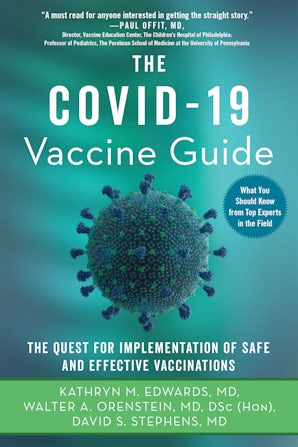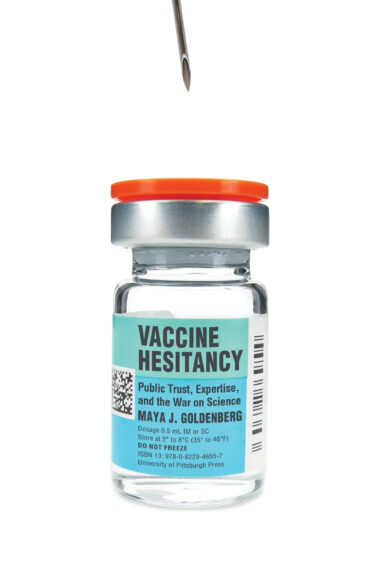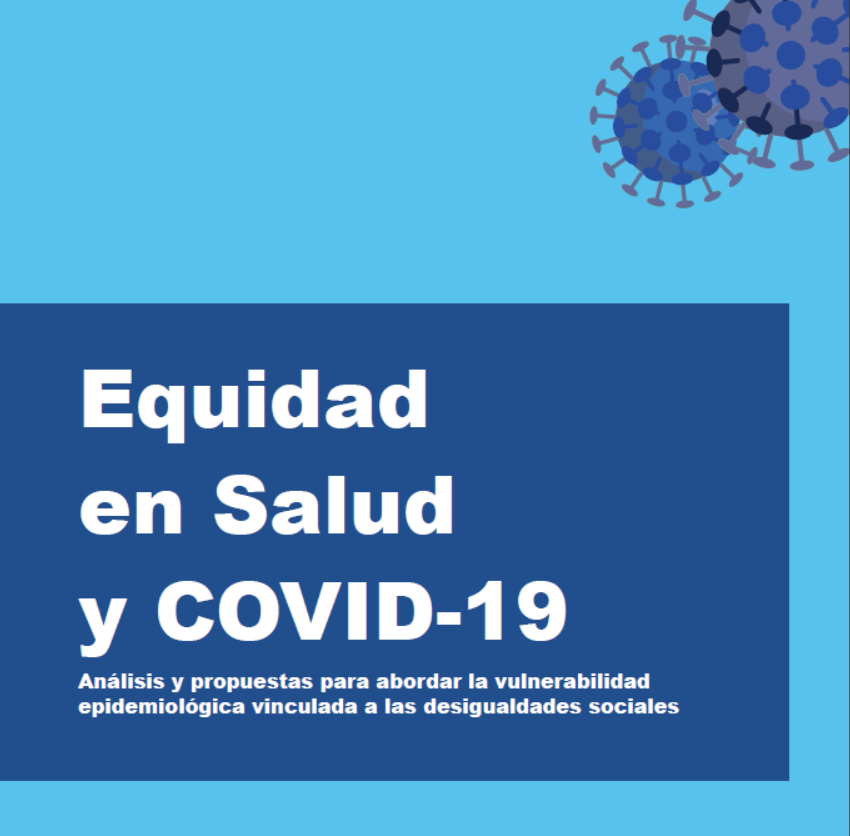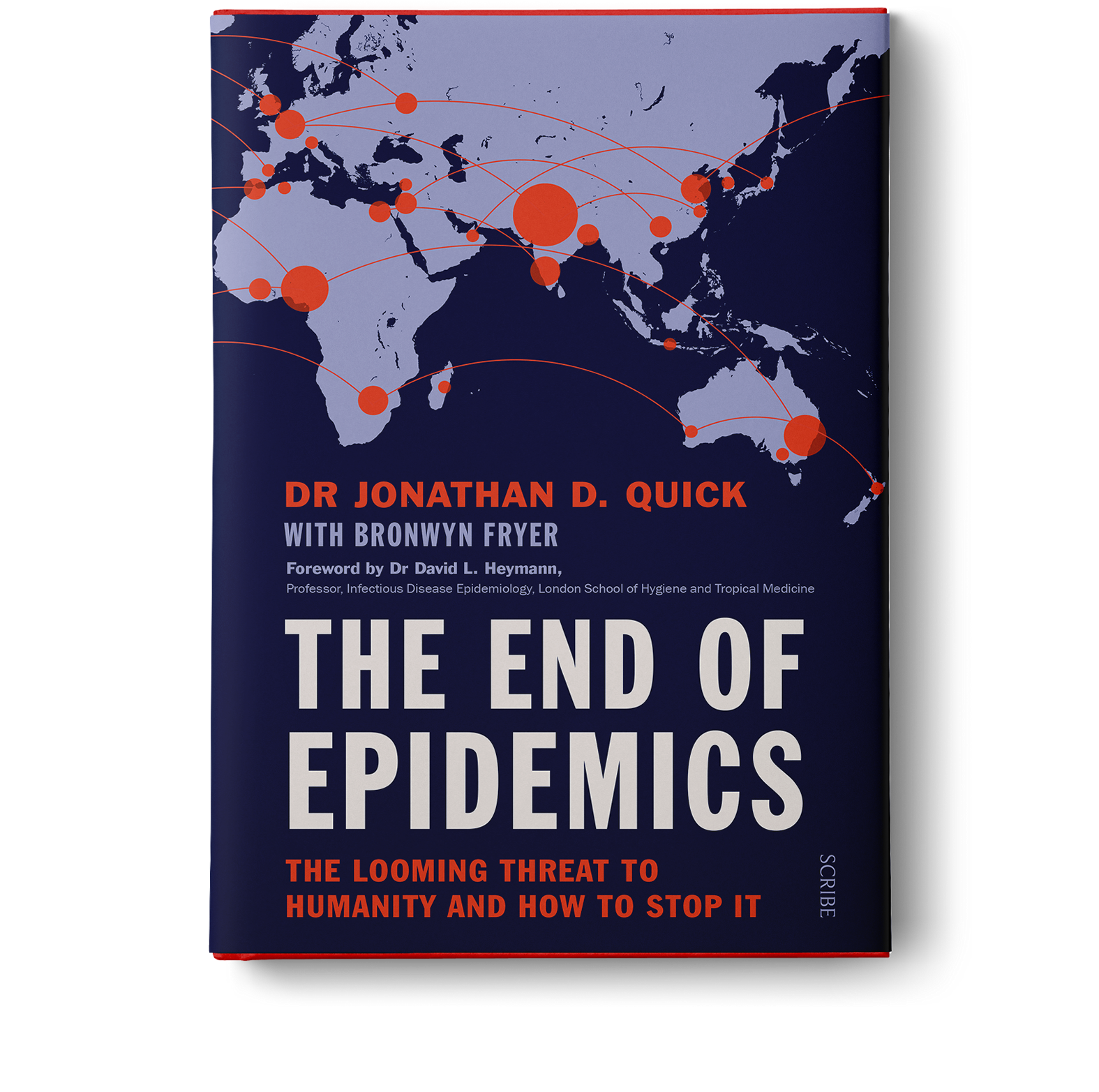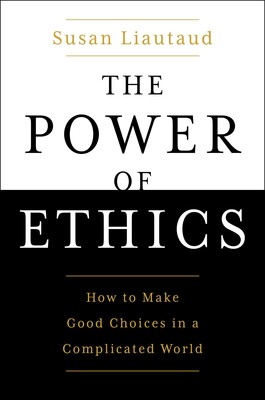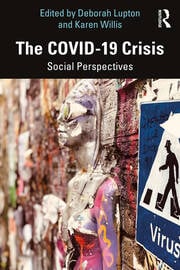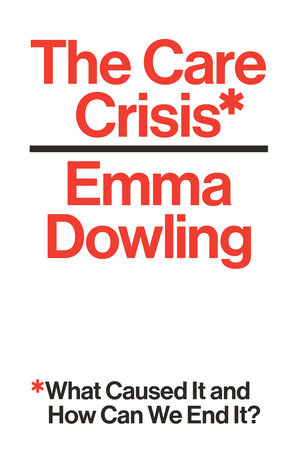Last week I was interviewed by Diario Médico, and this was the result:
Sáb, 24/04/2021 - 08:00
Casi catorce meses han pasado ya desde que se declarase la pandemia de la covid-19. En este tiempo, son numerosas las preguntas que giran en torno a la crisis sanitaria generada por el coronavirus en España y muchas de ellas corresponden al ámbito de la economía de la salud: ¿qué impacto monetario está teniendo? ¿Qué carencias se han evidenciado en el SNS a raíz de la pandemia? ¿Qué repercusiones tendrá? ¿En qué aspectos urge invertir?
Para ayudar a despejar estas y otras incógnitas, Pere Ibern, economista de la salud e investigador principal del Centro de Investigación en Economía y Salud (CRES) de la Universidad Pompeu Fabra (UPF), en Barcelona, ha hablado con este periódico para analizar cómo está la situación, exponer puntos de mejora y esbozar hacia dónde se debe avanzar.
Pregunta. ¿Qué impacto está teniendo la pandemia de la covid-19 en la sanidad española en materia económica?
Respuesta. Debemos admitir que en este momento resulta difícil estimar con precisión el gasto sanitario específico a causa de la pandemia. Ahora bien, los datos oficiales indican que el gasto sanitario público ha pasado del 6,1% del Producto Interior Bruto (PIB) en 2019 al 7,6% en 2020. O si lo miramos en gasto medio por habitante en España, hemos pasado de 1.593 euros a 1.774. Es decir, un crecimiento del 11,3% en 2020. Desconocemos qué parte de este aumento es atribuible a la pandemia, pero podemos pensar que mayoritariamente se ha destinado a ella. Estas cifras son un reflejo de la contabilidad pública; no son los costes de la pandemia.
El mayor coste de la pandemia resulta de la pérdida de salud y de años de vida. Las primeras estimaciones señalan que la esperanza de vida podría haber disminuido más de un año en 2020. El alcance de los problemas de salud persistentes relacionados con la covid todavía no lo sabemos con exactitud.
P. ¿Cómo valora la utilización que se está realizando en España de los recursos económicos y sanitarios para afrontar la pandemia?
R. Hay dos niveles a considerar: el de la capacidad óptima y la capacidad real de los recursos. Se ha evidenciado que, en términos de capacidad óptima o deseable, estamos por debajo de los recursos necesarios. Las limitaciones en la capacidad instalada a las que se enfrentan los profesionales sanitarios son conocidas ampliamente. Y por ello, hay que afrontar las decisiones atendiendo a la capacidad real, tratando de satisfacer las necesidades en cada momento de la mejor manera posible.
"En términos de capacidad óptima, estamos por debajo de los recursos deseados"
P. ¿Ha evidenciado la pandemia carencias en la sanidad española y la necesidad de invertir en recursos?
R. Creo que muchas de las limitaciones en términos de inversión pública y de recursos profesionales eran y son suficientemente conocidas dentro del sector. Por ejemplo, la fragilidad y obsolescencia de los equipos se ha puesto de manifiesto repetidamente por parte de la Federación Española de Empresas de Tecnología Sanitaria (Fenin). Ahora bien, la pandemia lo que ha hecho es explicar con mayor claridad hacia la opinión pública tales restricciones. Por ejemplo, una cifra que conocíamos y que se ha difundido ahora es que en 2019 gastamos 17 euros por habitante en prevención y en salud pública, un 1% del gasto sanitario público; una cifra claramente insuficiente y que obliga a una revisión en profundidad. En 2021 por supuesto, ya habremos gastado mucho más. Muchas de las previsiones de la Ley de Salud Pública no se han aplicado por falta de decisión y recursos.
La pandemia ha situado como prioridad la creación de reservas estratégicas para crisis de salud pública como la que estamos viviendo y, al mismo tiempo, obliga a algunas tareas para el futuro, como coordinar los recursos ya disponibles en investigación y repensar la escasa oferta de plazas de formación sanitaria especializada en especialidades relativas a la atención de enfermedades transmisibles y atención primaria.
P. ¿Qué aspectos socioeconómicos eran, a su juicio, los que más deficiencias presentaban y los que más han quedado evidenciados por la pandemia?
R. Sabemos que la salud es fruto de múltiples factores, y la asistencia sanitaria es tan solo uno de ellos. Claramente, la transmisión de la infección ha seguido patrones diferenciales según vulnerabilidad clínica, social y epidemiológica, atendiendo a la clasificación que realiza el documento del ministerio Equidad en salud y covid-19. Las personas en situaciones de vulnerabilidad social están asimismo más expuestas a vulnerabilidad epidemiológica, entendida como mayor riesgo epidemiológico debido a una mayor exposición a la infección, retraso en el diagnóstico e identificación de contactos, o mayor dificultad para seguir las medidas de aislamiento o cuarentena. Por ejemplo, las condiciones de habitabilidad en las viviendas han sido un determinante fundamental y a su vez es muy difícil de medir su alcance real.
"La pandemia ha situado como prioridad la creación de reservas estratégicas"
P. De cara al futuro y tras lo vivido desde inicio de la pandemia, ¿en qué aspectos del sistema sanitario considera que urge invertir?
R. En primer lugar, hay que invertir en las personas. El sistema de salud es capaz de dar respuesta porque hay unos profesionales que toman decisiones en momentos clave. Por consiguiente, hay que tomar en consideración tanto el número de profesionales necesarios y el tipo. El desfase entre el número de profesionales graduados, oferta de plazas de formación sanitaria especializada y necesidades reales revela un desajuste que es urgente corregir. La regulación de las profesiones sanitarias y en especial la troncalidad, lleva años atascada.
Asimismo, la compensación de los profesionales requiere una revisión que tome en consideración una mayor flexibilidad y unos criterios más individualizados y relacionados con el esfuerzo por una mayor calidad y creación de valor en salud.
En segundo lugar hay que invertir en equipos, y como siempre, hay necesidades de reposición y de nueva inversión. En la medida que hay limitaciones en ambas cuestiones, se requiere priorizar en función de conseguir mejorar la salud y calidad de vida de la mayor parte de la población. A menudo las prioridades de inversión siguen el criterio de fascinación tecnológica y descuidan las necesidades reales.
Y finalmente, de modo resumido, hay que invertir en innovación y talento. La innovación surge de la aplicación de la investigación y desarrollo en contextos de cultura organizativa que la favorecen. Así pues, no se trata sólo de más recursos económicos, sino de un contexto organizativo que sea más ágil y flexible para adoptar innovaciones que responden a las necesidades reales de salud y que ofrecen una respuesta coste-efectiva.
La pandemia, y en especial las vacunas creadas sobre la base del ARN mensajero, nos ha mostrado que la medicina basada en especialidades necesita tomar en consideración a la medicina molecular. Y este hecho tiene implicaciones profundas para el futuro de la generación de talento y la organización en medicina. Los cambios que se están produciendo fruto de la edición genómica, por ejemplo, afectarán a cómo se traslada este conocimiento a decisiones clínicas y a la forma organizativa de los servicios de salud.
P. ¿Cómo valora, a nivel general, la gestión económica que están llevando a cabo las administraciones sanitarias en España para combatir esta crisis?
R. Al inicio de la pandemia, la flexibilización de las normas de contratación pública permitió avanzar significativamente para conseguir los materiales y recursos necesarios. Esta situación debería analizarse con detalle, porque tengo la impresión de que es un experimento natural del que podemos aprender en el futuro. Las normas de contratación pública actuales no se ajustan a la realidad del sector salud, que requiere mayor flexibilidad y atención a las condiciones concretas de suministro. La pandemia mostró que es posible resolverlo, pero que es necesario garantizar transparencia en la información y responsabilidad en la gestión.
Sobre la gestión económica en su conjunto, sabemos poco porque los datos son escasos o inexistentes. Algunas comunidades autónomas ya están publicando los primeros datos, pero debemos esperar todavía.
"La compensación de los profesionales sanitarios requiere una revisión"
P. ¿Qué consecuencias cree que tendrá para la sanidad española, a corto, medio y largo plazo, esta crisis sanitaria?
R. Tratando de resumir mucho, tengo la impresión de que ha habido un impacto inmediato relativo al acceso a los servicios de salud. Las limitaciones para acceder al médico de atención primaria por motivos de la epidemia han dado lugar a una insatisfacción, que en el origen tenía su argumento fundado, pero que necesita resolverse pronto de forma satisfactoria. La población mayor, sin acceso digital, es la que se ha sentido más desprotegida. Los enfermos crónicos requieren de acceso y las limitaciones en los recursos profesionales disponibles han creado situaciones que necesitan corrección. De otro modo se produciría una pérdida de confianza, algo muy difícil de restablecer.
P. ¿Cómo considera que debe ser la apuesta por reforzar los recursos humanos del Sistema Nacional de Salud?
R. El ejercicio profesional en el ámbito de la salud requiere de unas condiciones que deben ser apropiadas para un nivel de calidad deseable. Esto significa que la cantidad de recursos debe ser la óptima y que los incentivos deben estar alineados con la consecución de la mejora de la salud poblacional. Podemos actualmente identificar áreas donde ni la cantidad de recursos ni los incentivos están al nivel admisible. La reforma organizativa del sector salud tiene que ver con el fortalecimiento de la visión profesional y muy poco con una perspectiva funcionarial.
La visión profesional de la medicina obliga a combinar acceso presencial con acceso digital, ambos necesarios y de forma coordinada. Conviene aprovechar lo digital sin olvidar lo presencial, tanto en atención primaria como en especializada.
P. ¿Y para reforzar los recursos materiales (equipamiento, tecnología, productos sanitarios, equipos de protección, etc.)?
R. La prevención, el diagnóstico y el tratamiento son los tres factores clave. En prevención, conviene disponer de vacunas y equipos de protección entre otras cuestiones. Y para ello, hay que crear las infraestructuras que garanticen su disponibilidad.
En diagnóstico, los laboratorios clínicos han tenido un papel crucial en la pandemia y hay que reforzar su papel en el ámbito de la salud pública y las enfermedades transmisibles. Nunca el valor de la información fruto de los resultados del laboratorio había sido tan evidente para la población general. Hay una necesidad profunda de abordar una reforma de la estructura y una inversión en equipos para los laboratorios clínicos. Al mismo tiempo, hay una exigencia de repensar la troncalidad y especialidades disponibles en el ámbito del laboratorio clínico, así como el número de profesionales. Algo similar sucede con el diagnóstico por la imagen, si bien no ha llegado a nivel popular. Sabemos que las decisiones que aporta son fundamentales para cambiar el curso diagnóstico de la covid-19. Las necesidades de inversión en modernización de equipos e instalaciones son una asignatura pendiente a la vista de la capacidad instalada actual.
Y finalmente, considerar el tratamiento, tanto en el nivel de acceso mediante la atención primaria como en los hospitales. Se impone la necesidad de revisión de las infraestructuras y equipos, y crear capacidad extra para situaciones de emergencia.
"La pandemia obliga a coordinar los recursos ya disponibles en investigación"
P. Y por último: a su juicio, ¿cuáles son las principales lecciones que debemos aprender de la pandemia?
R. La respuesta a esta pregunta podría acabar siendo un libro. Únicamente señalaré que hemos tomado en consideración con mayor énfasis el valor de la salud en términos comunitarios. Se ha evidenciado la importancia de los comportamientos individuales y cómo condicionan la salud de los demás. Hemos aprendido del valor de la información, de cómo los profesionales son capaces de aprovechar esta información para decisiones clínicas que crean valor en salud.
Durante la pandemia hemos sido testigos del profesionalismo en su máxima expresión. Esto significa altruismo, compromiso de mejora y capacidad de colaboración para afrontar la más compleja de las crisis de salud pública. Deberíamos situar el valor del profesionalismo en el fundamento de nuestras reflexiones sobre el sistema de salud que deseamos, y necesitamos hacer esto precisamente en un momento en el que el mercantilismo trata de abrirse paso y diluir el profesionalismo.
